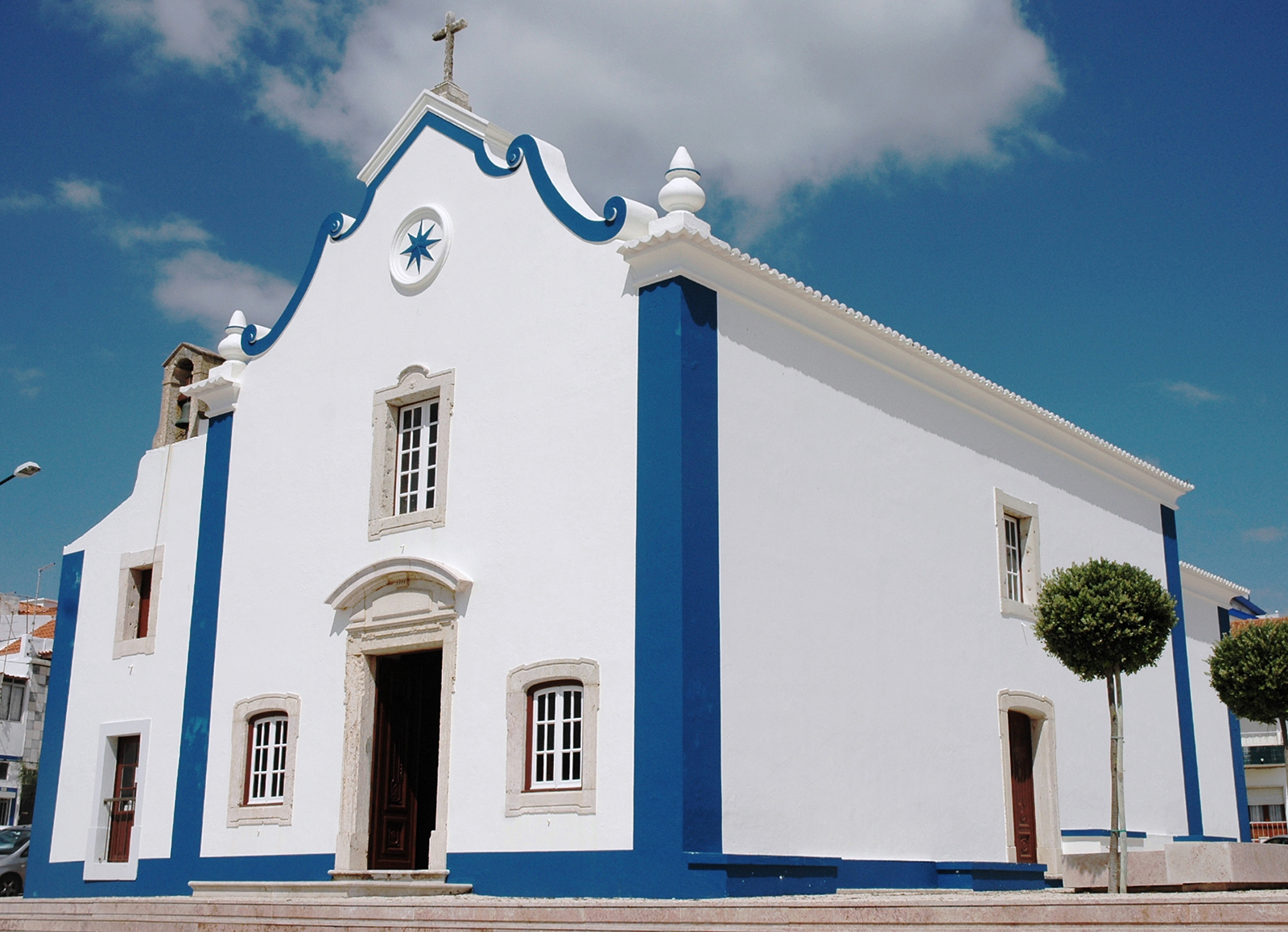Heritage in Mafra
With human presence since the Neolithic, Mafra welcoming people, civilizations, cultures and religions, being conquered in 1147 by D. Afonso Henriques. Call region “saloia”, as that supplied Lisbon with vegetables, today is known for its Palace-Convent, which sent out built by King John V when the prayer to the Franciscan friars so that their marriage was blessed with the birth of a son, born Maria Pia, the project went ahead. Years later, the military took Mafra account, from 1840 to the present day, also making an attractive county to visitors due, not only for its own characteristics and traditions, but also by proximity to Lisbon and Ericeira.
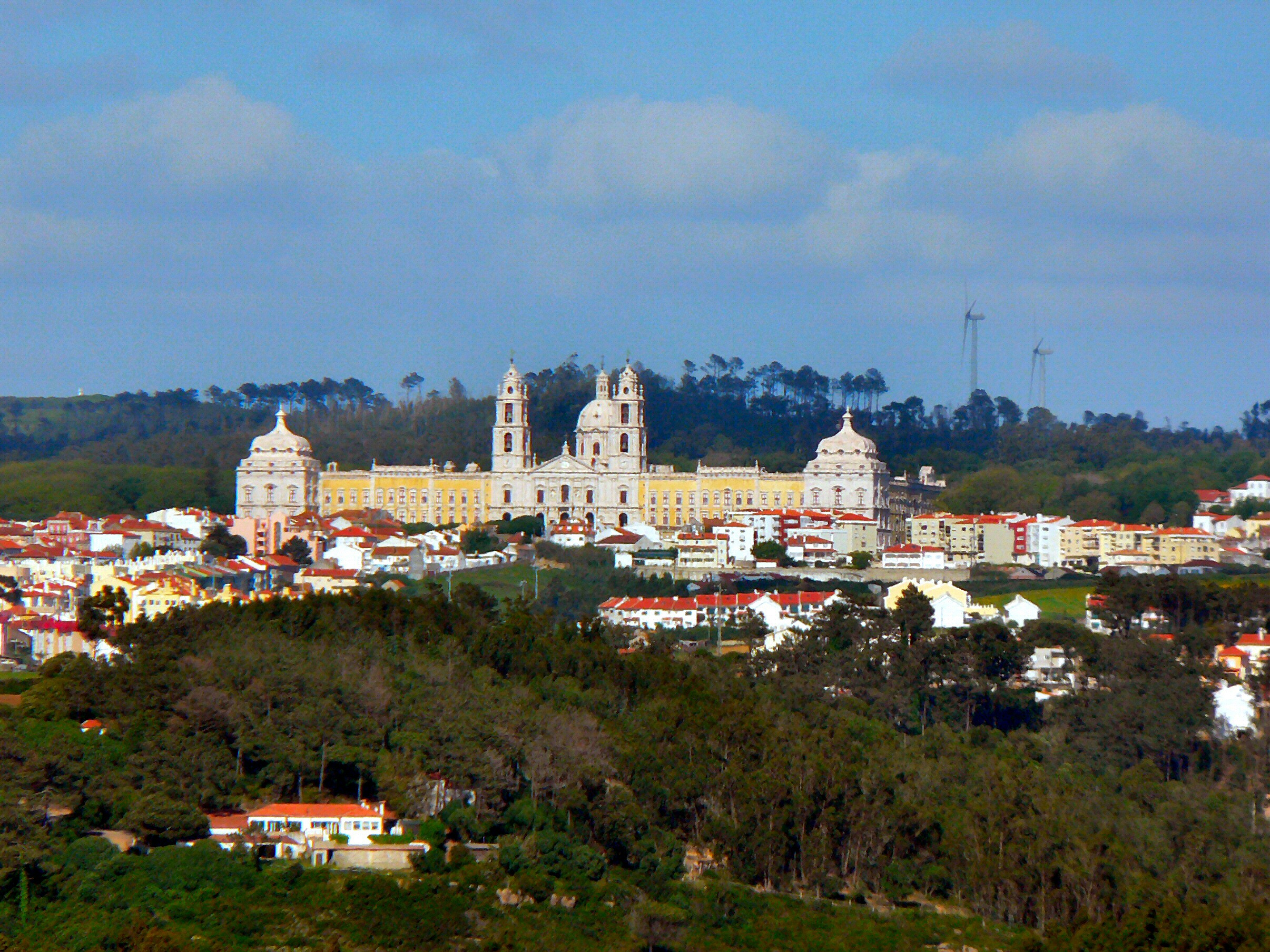
Mafra National Palace
Original known as Royal Convent of Mafra, this is a majestic work erected in the reign of King John V, being considered as the ultimate symbol of Baroque architecture at national level. Lying in the heart of Mafra, in full square D. João V, this is accompanied by a Royal Palace, one Basilica and Convent, becoming the only national monument with these features. This consists of a bell ringer set of two carillons featuring 98 bells, a library with a collection of 36,000 volumes and six historic organs that echo the Basilica since 2010. This palace was classified as a National Monument in 1910 and is the candidate UNESCO World Heritage.
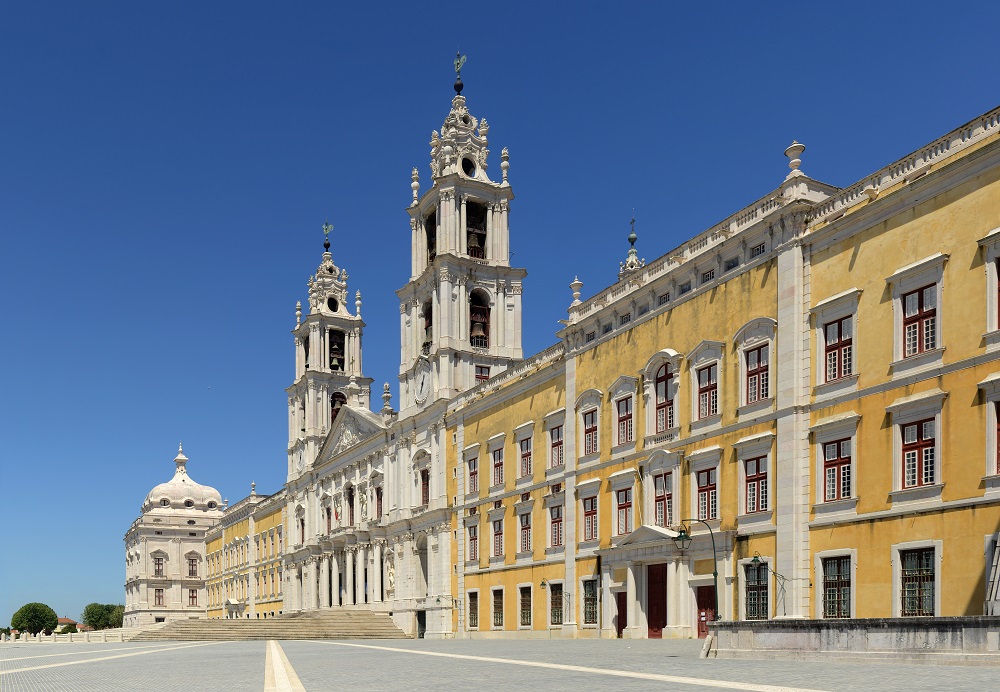
National Park of Mafra
Built in the reign of King John V, after the construction of the convent of Mafra, with a leisure park for the enjoyment king and his court, currently involves the village, an artistic and natural element imperative of Mafra, with over eight hundred hectares it is flanked by a wall with 21 kilometers, protecting wildlife and forest surrounding this. With regard to its flora, stand out from the stone pine and different varieties of oak trees, and there are three copies of Public Interest trees, a chestnut guinea a olaia 120 years and a cork oak 300 years. Regarding the fauna, birds are the most representative in this environment, such as Bonelli’s Eagle, eagle owl, goshawk and short-toed eagle.
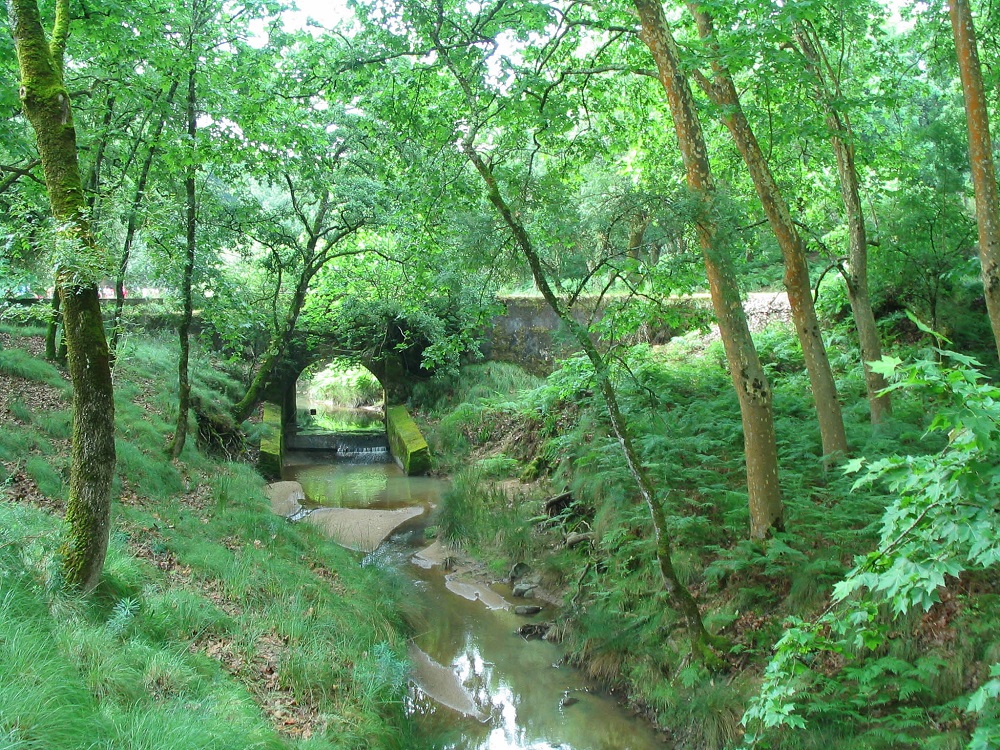
Church of St. Andrew
Lying in the “Old Town”, this church was built in the reign of King Dinis during the fourteenth century, the grantee family village. Here is buried D. Diogo Afonso de Sousa, lord of Mafra, Ericeira and Enxara the Knights. With regard to its architecture, this church has a Gothic parish trace. After obtaining works of rehabilitation, it was classified as a National Monument.
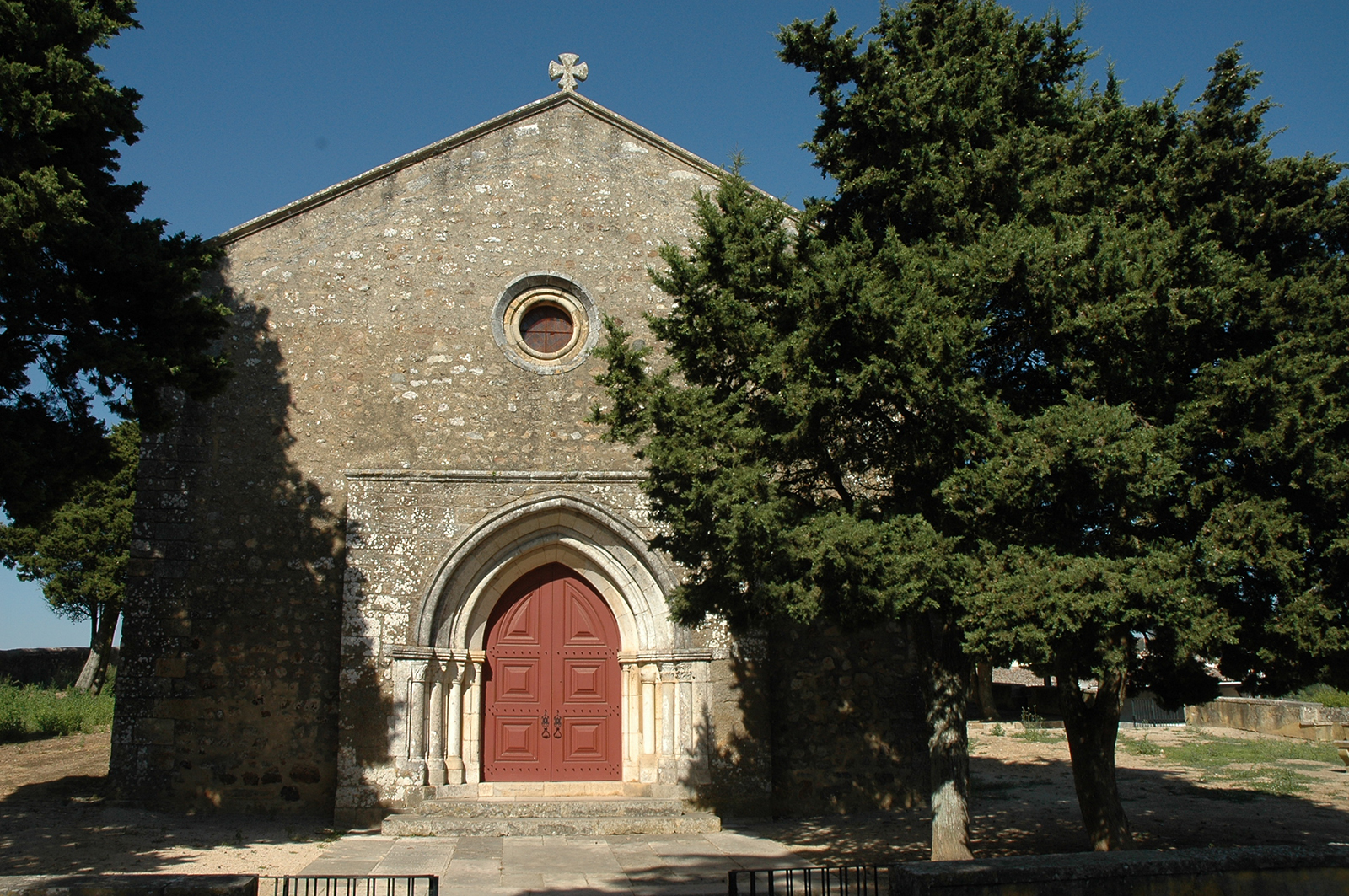
Barnyard D. João V
King João V ruled that the architectural complex is formed by the Palace, Convent and Church and opposite to this would be one yard, an essential space for construction. Among the nineteenth and twentieth centuries, the City Council this forested area and after the intervention performed by Paulino Montez, this space has become a place for observation of the monument. Currently, it boasts various functions as a meeting place, tourist and cultural visits, leisure and event organization.
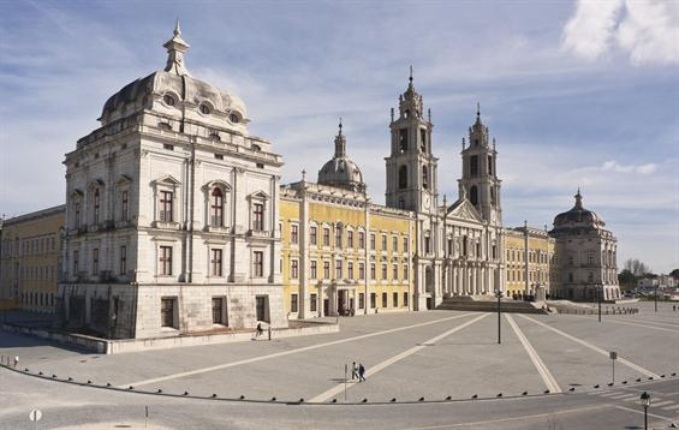
Republic square
Once a bandstand that in 1864 a band played at the opening of this space lighting. In the wide adjacent opened the Conde de Ferreira School in 1886, today is no longer evidence of its existence. Currently, this square is the central part of the village, housing the local trade.
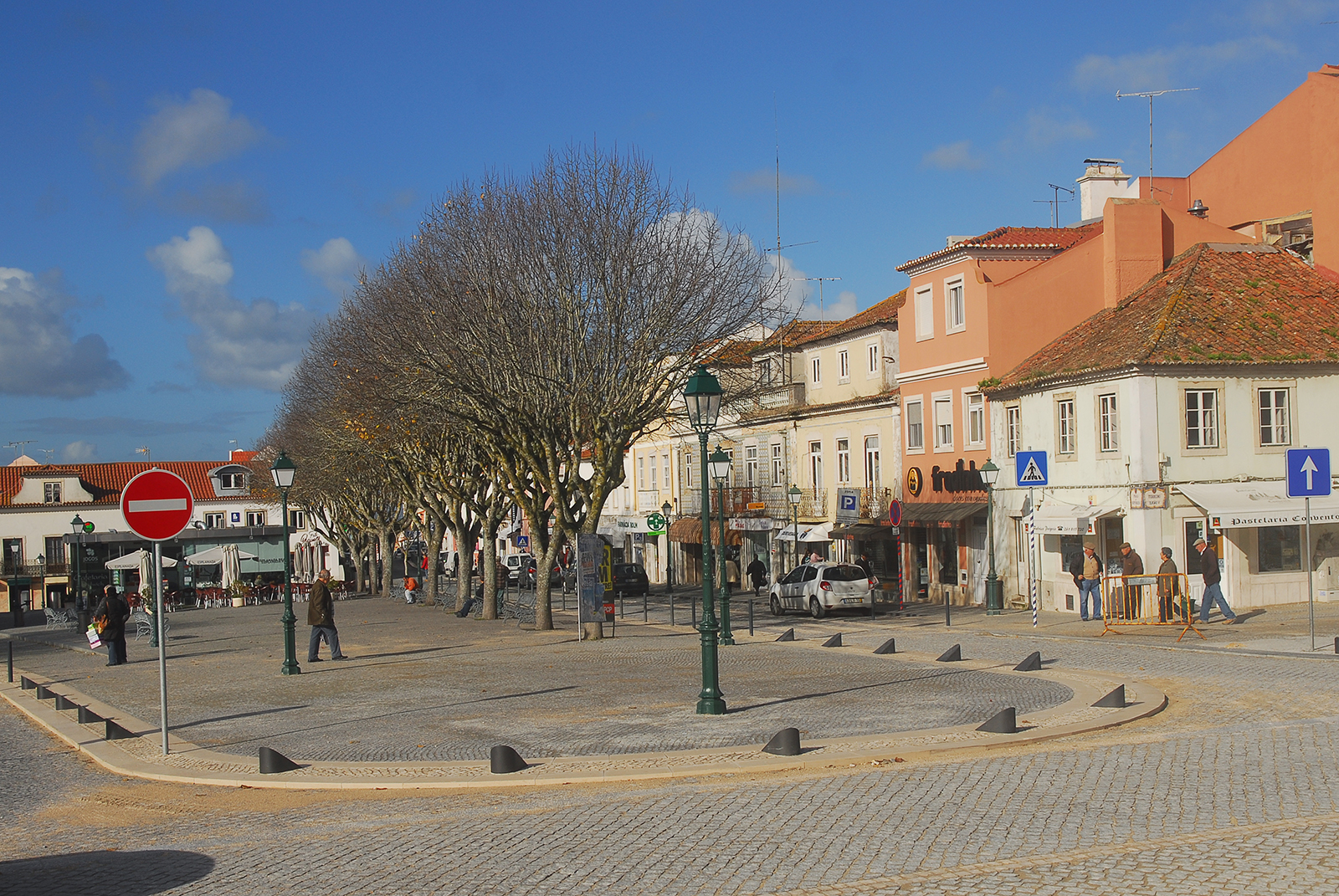
MUNICIPAL MUSEUM PROF. RAUL DE ALMEIDA
In the Pelourinho Square, this museum is one of the finest old buildings of Mafra, having been ordered its construction by João Luís de Menezes, in which this were housed the town hall until the nineteenth century, through the functions to the county jail until 1972. Since 1981, this has become a museum space that adopted the figure of Raúl de Almeida, schoolteacher Mafra, who performed important work in the museum collection organization of Mafra People’s House. The Municipal Museum Prof. Raúl de Almeida aims to promote the ethnography and history of Mafra, with a collection of traditional pottery, with utensils and illustrative figures in clay, also joins collections of costumes and devotion.
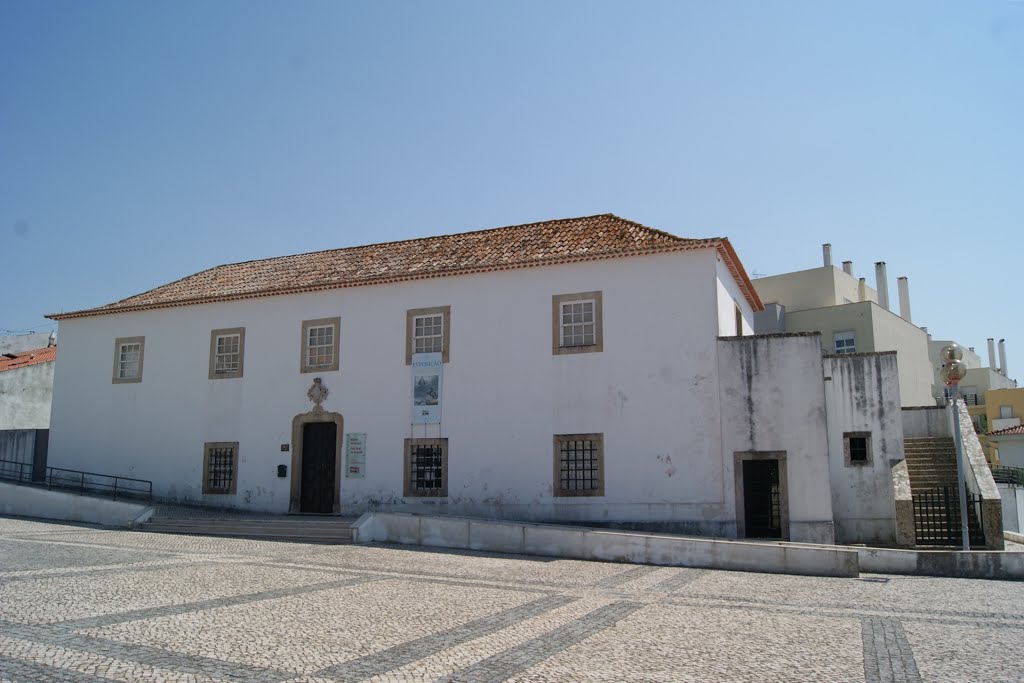
Mata Pequena Village
This village is made up of a dozen houses, whitewashed walls and floors in stone flagstones, offering a haven for those seeking rest between nature even close to Lisbon. This architectural treasure of saloia the capital region, is in full Special Protection Zone Lexim Penedo, protecting and preserving their characteristics. For the visitors, this village is to be in an open sky museum, where the life of the past is portrayed.
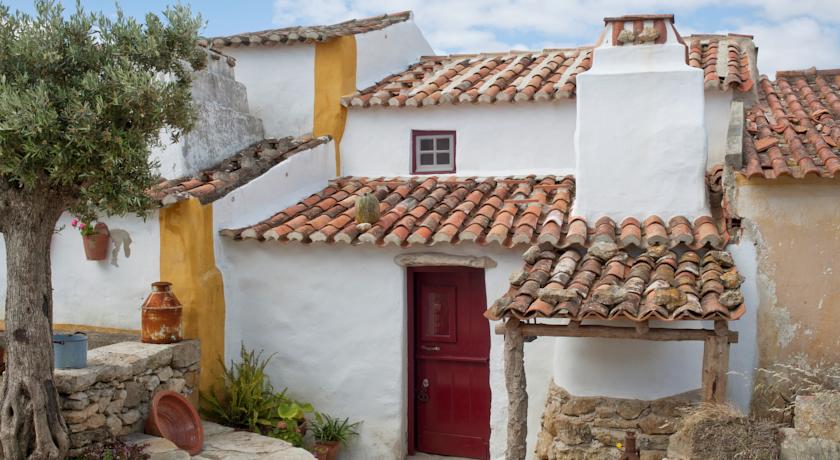
Museum Jose Franco
Between Ericeira and Mafra, the Typical Village of José Franco or Typical Village Cork Oak or even Saloia Village is a village that tells the story of the potter José Franco. The Cork Oak was a large pottery center, which early José Franco, learned the trade of local potters to open its wings to the dream of creating a village with an ethnographic unique character. This village museum stands today in his honor and keeping your plans a little world of molded parts with his hands, which annually receives thousands of people.
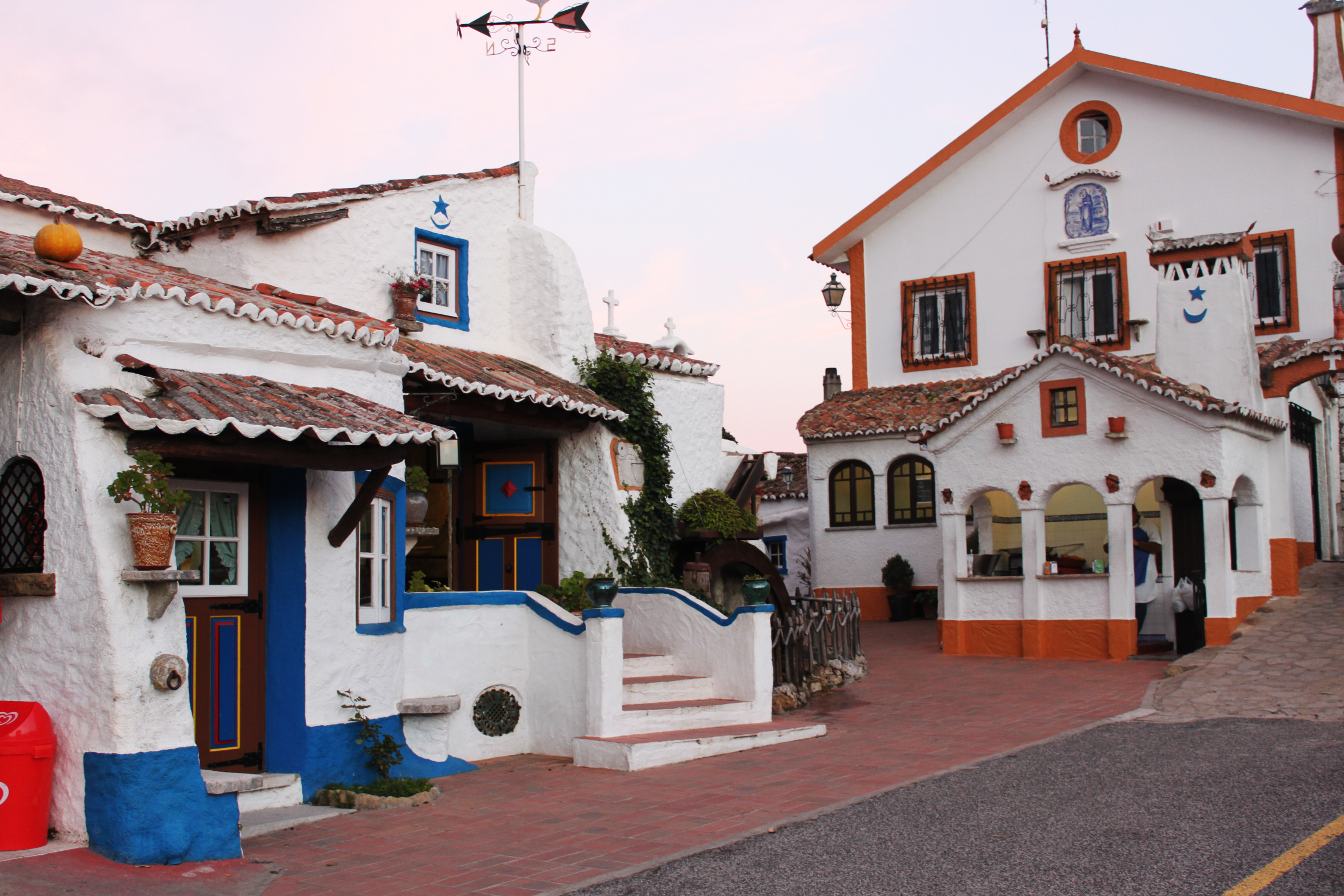
Heritage in Ericeira
Your place name comes from the earth expression hedgehogs, due to the abundance of sea urchins, sea that were present on the beaches of Ericeira. Dating back to 1000 BC, up to modern times, Ericeira has grown from a fishing village to become a Nature Reserve Surf, developing more tourist level and on the waves of inspiration, Ericeira presents unique and beautiful eyes surfers and swimmers.
From Ericeira heritage we must highlight the five churches and chapels of the Historical Centre of Ericeira, which house itself Ericeira inheritance that each tells a complex story floreando with details of all the tradition and Ericeirense life.
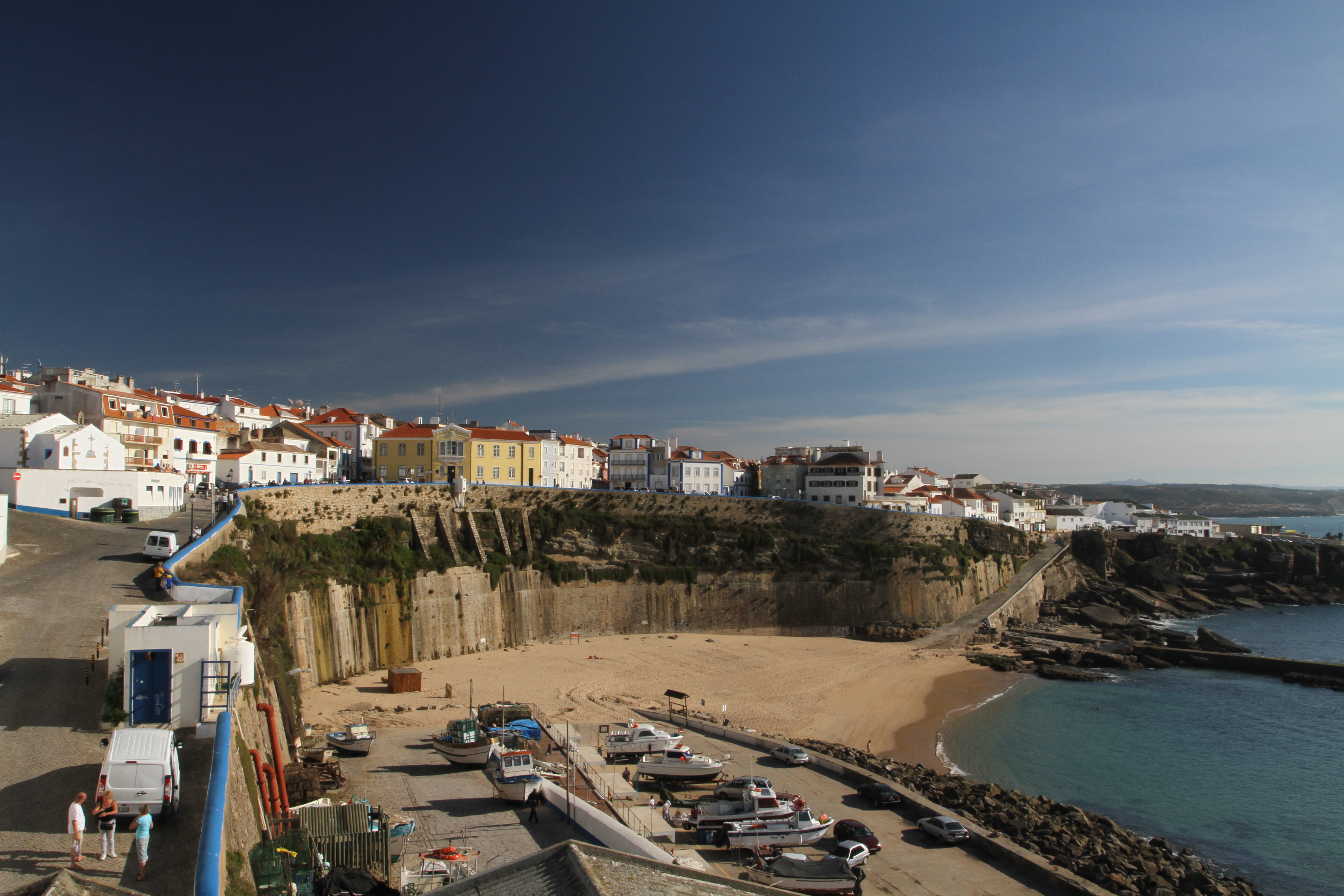
Chapel of St. Sebastian
The fifteenth and sixteenth centuries, this chapel is located north of Ericeira, near the Algodio and San Sebastian beaches. This features an architecture with elements from different eras, largely due to remodeling or expansion in 1678. Being the headquarters of the Confraternity of San Sebastian, consists only of single young men, until 1968, this became their tombs until they were transferred to the Misericordia Church. For a long time it was held the festivities in honor of St. Sebastian and St. Vincent, which were once the biggest celebration of the village. Currently, these celebrations are recognized as Party Drunk, which villagers and visitors gather in the church square, dancing to popular music sound, eating and drinking.
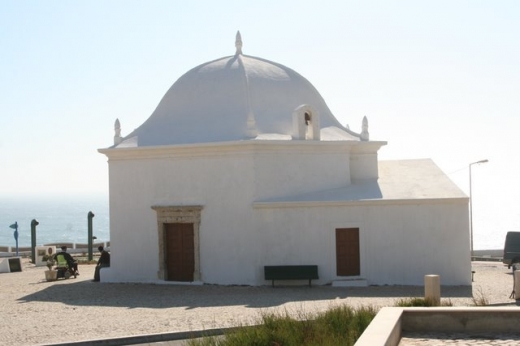
Church of St. Peter of Ericeira
In the square of the village, this church became the main temple in 1530, suffering alterations and refurbishments, this has elements of rococo architecture and figures that evoke the Apostle Peter fishing cycle. This is the Manueline stonework, an ancient element which in 1984 was declared as Public Interest. Every year here is celebrated the feast of Our Lady of the Conception and the camp of St. Peter.
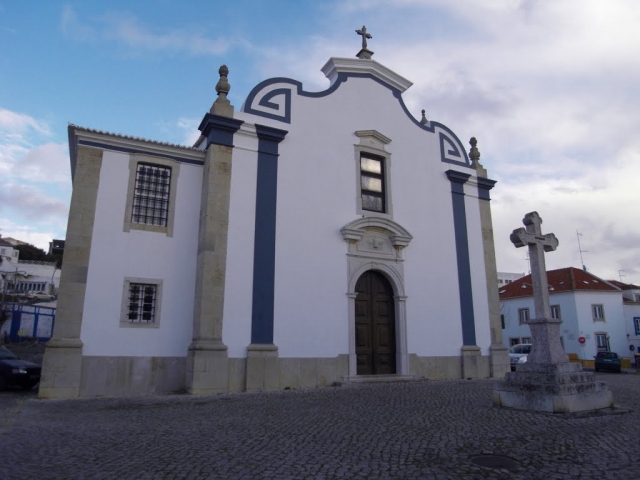
Misericordia Church
After donation to Francisco Lopes Franco, this church began to be designed with the help of fishermen, who welcomed his grave, four years later. Baroque architecture, it houses the image of Our Lady of the Rosary, more importantly holder confraternity of Ericeira. This church was the temple where the Brothers of Mercy sat in pews to watch the religious services, which currently houses the Archive-Museum. This was founded in 1937, is the main attraction of the village museum, which holds the assets of Ericeira memory. This contains the symbols of the nine paintings that date back to the seventeenth century, evoking the Passion cycle of Christ, who through the streets of Ericeira, during the Procession of Bonfires on 5th Tuesday before Easter.
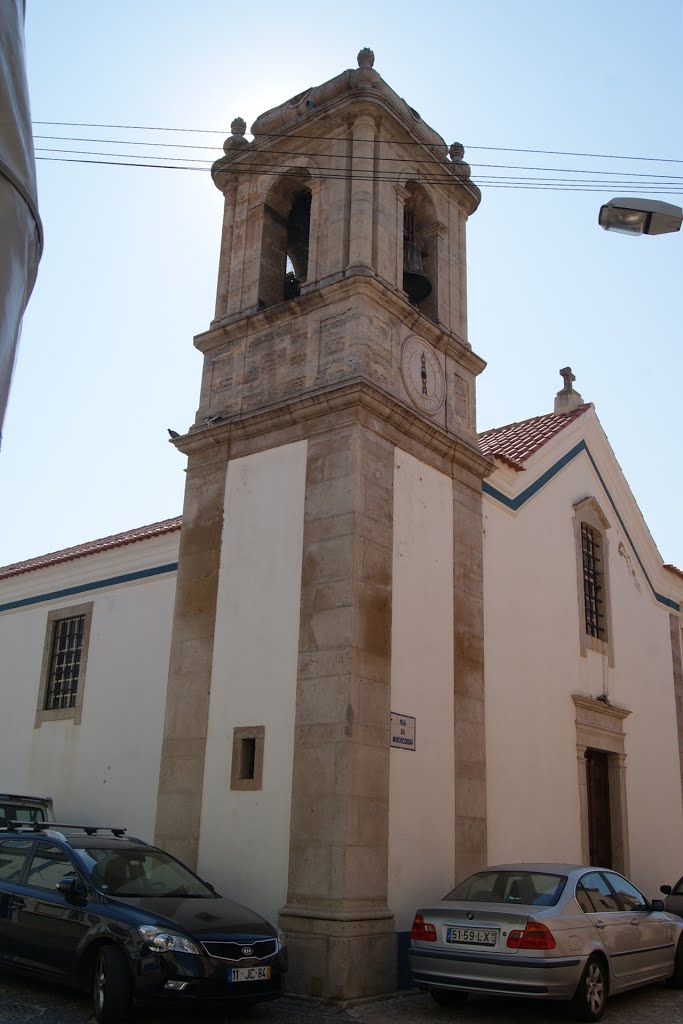
Chapel of Our Lady of Good Voyage
In the town center, its foundation is involved in a mystery, it is not known fully to its history, it is believed to have been erected or the fourteenth or fifteenth century, but there are no material this time. Until 1645, it was the seat of the Confraternity of Our Lady of Good Voyage of the Sea Men, then became the place of worship which is currently.
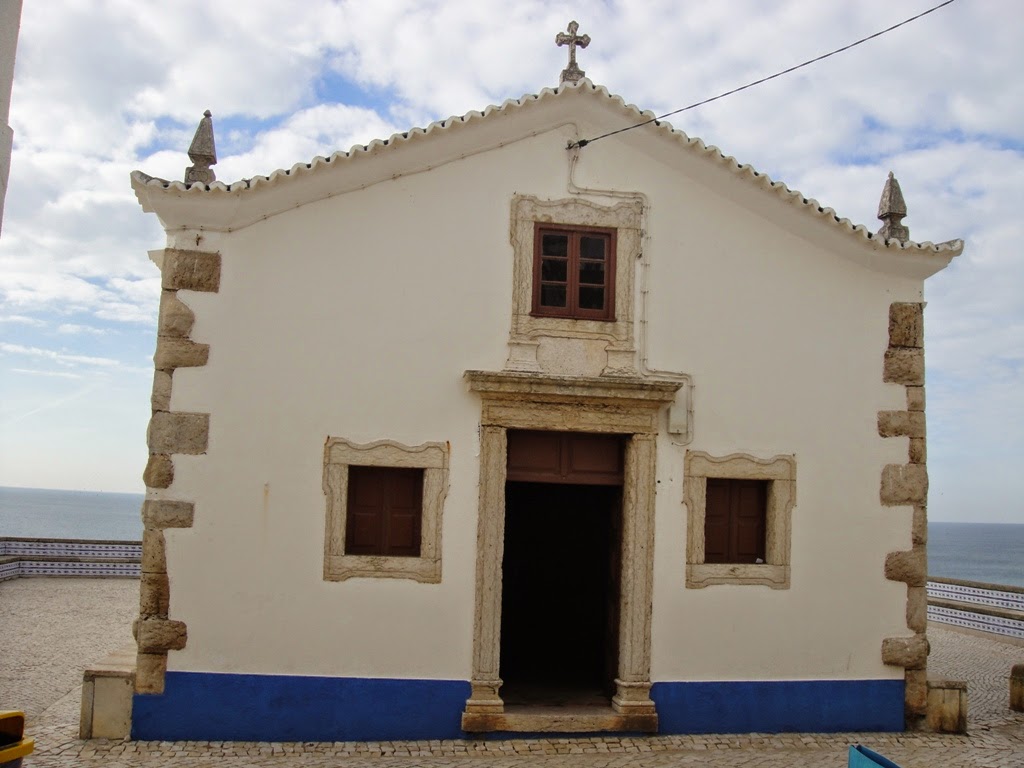
Church of Santa Marta
In the village, this is on the outskirts of Santa Marta Park, having been his work started in 1760. Previously, was a hermitage, where according to legend, it was essential to the foundation of the neighborhood and Palace of Needs in Lisbon, with an image of Our Lady of Needs had been taken from the chapel by a couple who were miraculously cured of the plague. This legend also refers to “health home”, saying that near the hermitage was at a spring of medicinal mineral waters of Santa Marta. Once, it was also the headquarters of the Brotherhood of unmarried girls, who in his long held processions and festivities in honor of Our Lady of Needs.
